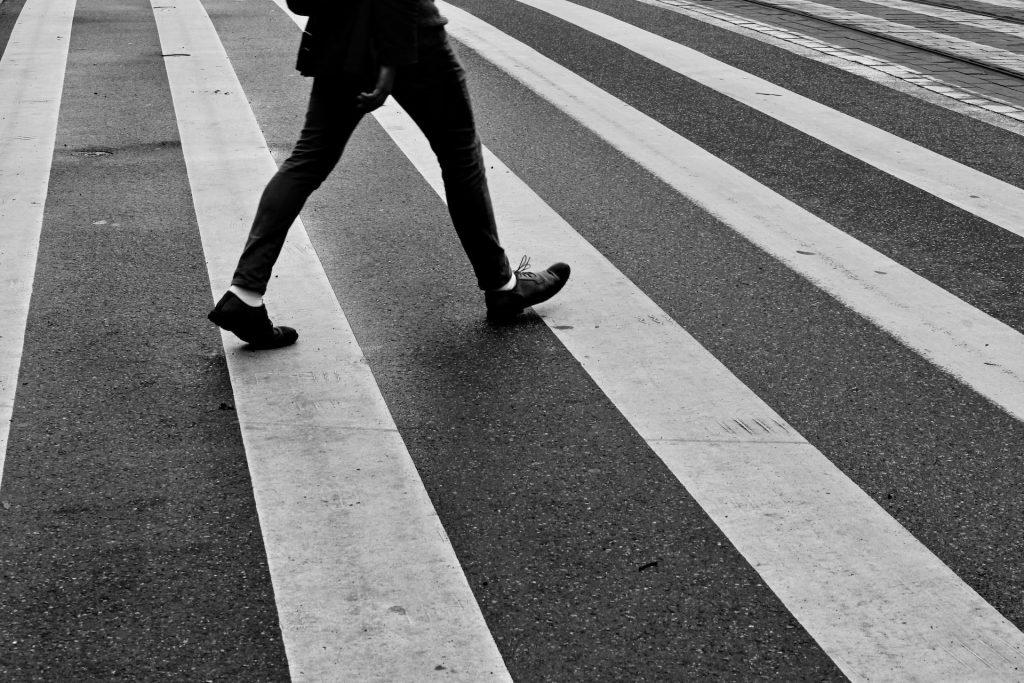According to the Centers for Disease Control and Prevention (CDC), one pedestrian died on our roads every 75 minutes in 2020, equating to more than 7,000 deaths. More than 104,000 people were also treated for non-fatal injuries in the same year.
Pedestrians should always feel safe navigating busy towns and cities, but that’s not always the case. If you’re curious about why pedestrians are dying in such high numbers, you can learn about some of the most common causes below.
Drug and Alcohol Consumption
Many pedestrian accident lawyers meet with the families of loved ones who have been killed on US roads with drugs and alcohol as contributing factors. The CDC reported that 13% of all pedestrian accidents in 2020 involved a driver with a blood alcohol concentration of a minimum of 0.08 grams per deciliter.
However, vehicle drivers don’t share this blame alone. The same report also concluded that 32% of pedestrians involved in accidents had a blood alcohol concentration of at least 0.08 grams per deciliter. Whether you’re behind the wheel of a car or walking your local streets, you might experience impaired judgment and coordination if drugs and alcohol are in your system.
Dark Clothing
Vehicles drive with headlights to illuminate their surroundings at night, but motorists don’t always have enough time to react to the presence of a pedestrian wearing dark clothing. The situation can be even worse in areas with minimal or no street lighting. Pedestrians can make themselves more visible during the day and at night by wearing brightly-colored clothing and carrying pocket flashlights.
Unmarked Crosswalks
Many responsible pedestrians use marked pathways to cross busy roads, particularly at accident hotspots like intersections. However, many pedestrians are injured or killed at unmarked crosswalks, which are designated crossing areas that may not be entirely visible to vehicle drivers. When motorists are busy performing driving maneuvers, such as parking, they might be less likely to see pedestrians crossing the road or moving behind their vehicles.
Electronics Use
Most personal injury lawyers will tell you that there are no laws against pedestrians using electronics, which means many people walking to and from their destination use music devices and mobile phones to entertain themselves during the journey.
While electronic devices might be a convenient way to pass the time, they can also be hazardous. According to a New York University Langone Medical Center study focused on New York City pedestrian accidents, 8% of pedestrian accidents involved the victim using an electronic device.
Quiet Vehicles
Many pedestrians use multiple senses to detect the presence of vehicles, such as their vision and hearing. However, the influx of electric cars on our roads has meant that hearing alone is not enough to determine whether the road is clear or not.
Electric vehicles are generally much quieter than their fuel-consuming counterparts, so it can sometimes be much harder to detect them coming around corners in your direction or driving up behind you.
Both motorists and pedestrians can be to blame for pedestrian accidents. If you or a loved one has been involved in a pedestrian accident, consider contacting a pedestrian accident lawyer to learn more about your rights or eligibility for compensation.





















